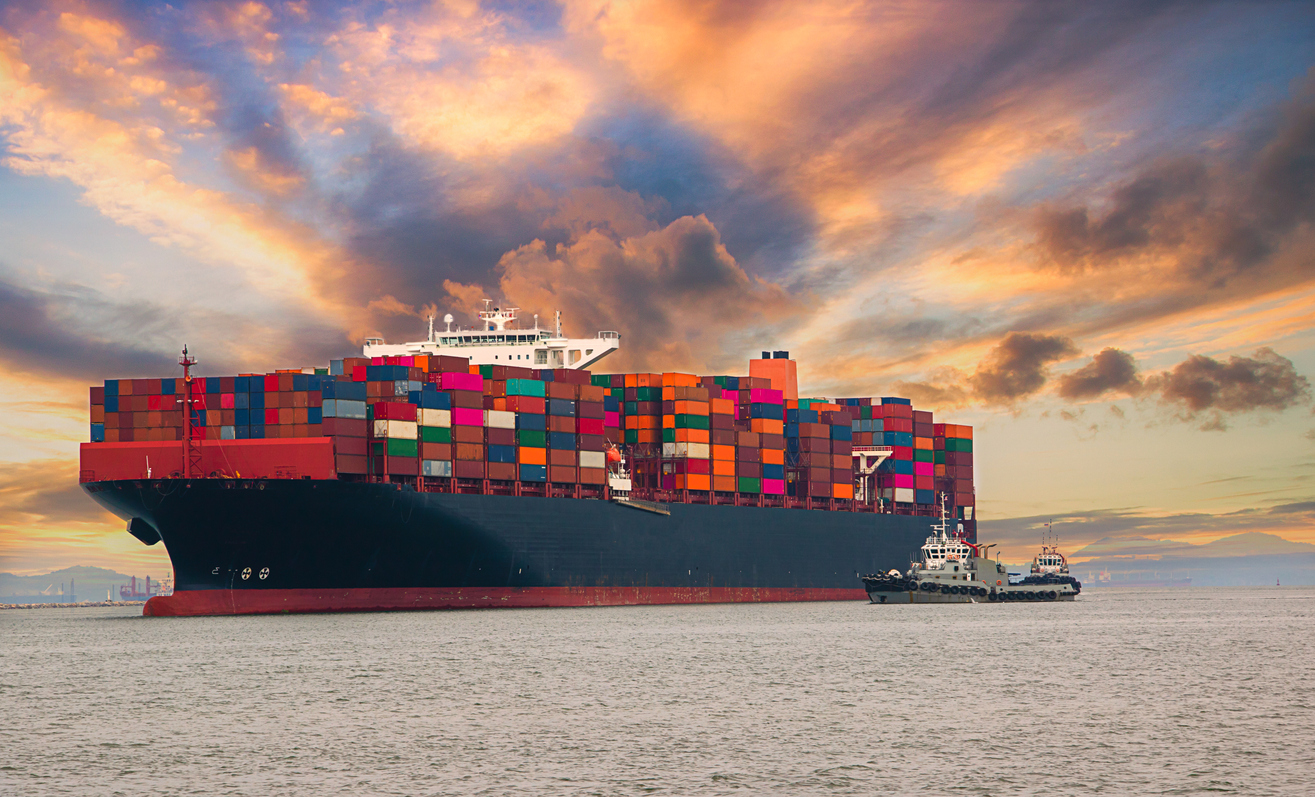
Freight Costs Skyrocketing Amid Global Turmoil
February 8, 2021
The coronavirus pandemic has taken a toll on global commerce. Shifting consumer demands, COVID-related orders, and supply chain breakdowns have contributed to challenges faced by the commercial shipping industry. Despite these challenges, container shipping interests are dealing from a position of strength, driving global freight costs far higher than in years past. As a risk management approach, commercial shipping firms must gain an understanding of prevailing market forces. This understanding supplements the protections of commercial marine insurance in managing evolving risk exposures.
Freight Costs Increasing with No End in Sight
Long-term contracted ocean freight rates have risen 4.5% compared to 2020 rates, according to a public shipping index report compiled by Xeneta. In January 2021 alone, the global rate increase reached almost 6%.
In the report, Xeneta pointed to several factors leading to the jump in freight rates:
- Port congestion on a global scale.
- Lack of equipment and personnel in port facilities.
- Uneven consumer demand.
- High exports, particularly in ocean traffic from Chinese manufacturers.
The port congestion is exacerbated by COVID-19, leading to supply chain disruptions and infection outbreaks among port facility and ship workers. Perhaps the biggest concern of port congestion is imbalances in import/exports, with China’s high export shipping resulting in a lack of containers available in European and American ports. At the Port of Long Beach in California, one of the busiest facilities in the western United States, as many as 35 ships were waiting for berths in the early part of January.
Managing Risks in a Volatile Commercial Shipping Market
Commercial ocean transportation is a significant global economic driver. Without shipping, goods cannot be imported and exported to meet consumer demands. COVID-19 has altered consumer preferences; in the early part of the pandemic, consumer purchasing reached a low and drove shipping prices down. By the middle of 2020, the situation reversed, and rates began to climb. For many shippers, the gains experienced in the later part of 2020 more than erased any early-year deficits.
Consumer demands continue to present challenges as global economies experience both recovery and setback. Widespread outbreaks of COVID-19 have forced governments to reinstate lockdown orders, curtailing commerce both locally and on a global scale. This trend is expected to last well into 2021.
How can commercial shippers manage the risks associated with the volatile market? The foundational element of risk management is commercial marine insurance designed to protect vessels, cargo, and crew from evolving exposures. Business continuity in the wake of COVID-19 has been a challenge for many shipping interests; commercial marine insurance has served to protect vital business assets from unexpected losses.
Shipping industry experts recommend that cargo operations remain flexible, despite economic uncertainty. A push to stabilize supply chains and forgoing long-term contracts have helped to firm up skyrocketing shipping rates. Protecting workers from coronavirus infections has also eased the strain on commercial marine insurance policies while helping to ensure that workers are available to meet changing demands aboard ships and within port facilities.
About Merrimac Marine Insurance
At Merrimac Marine, we are dedicated to providing insurance for the marine industry to protect your clients’ business and assets. For more information about our products and programs, contact our specialists today at (800) 681-1998.
